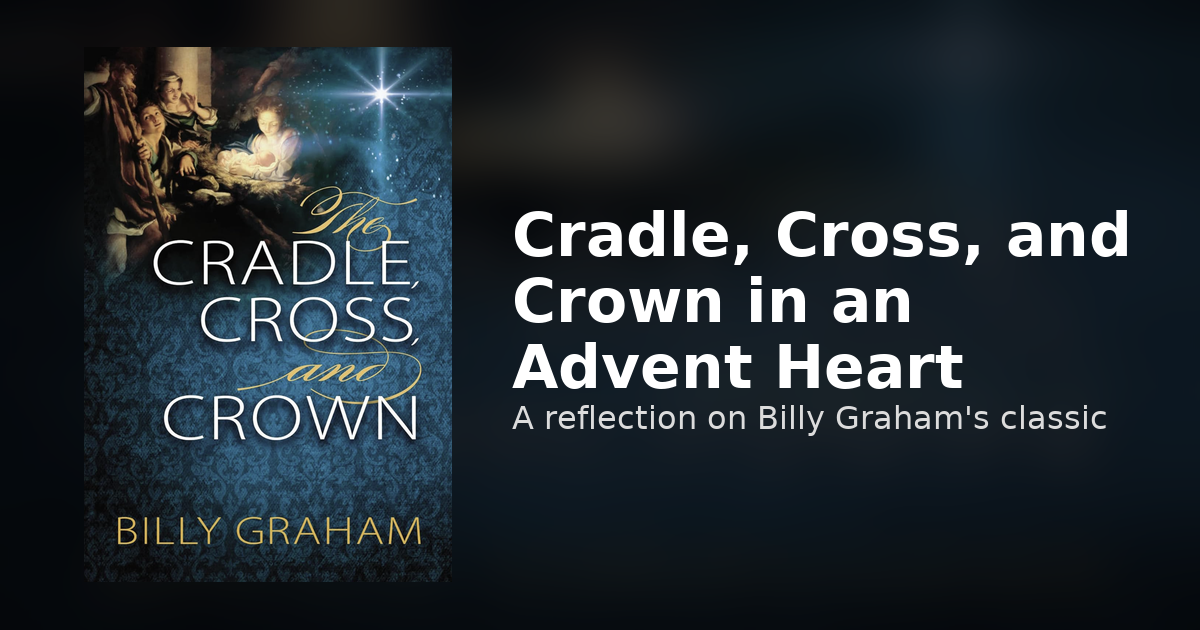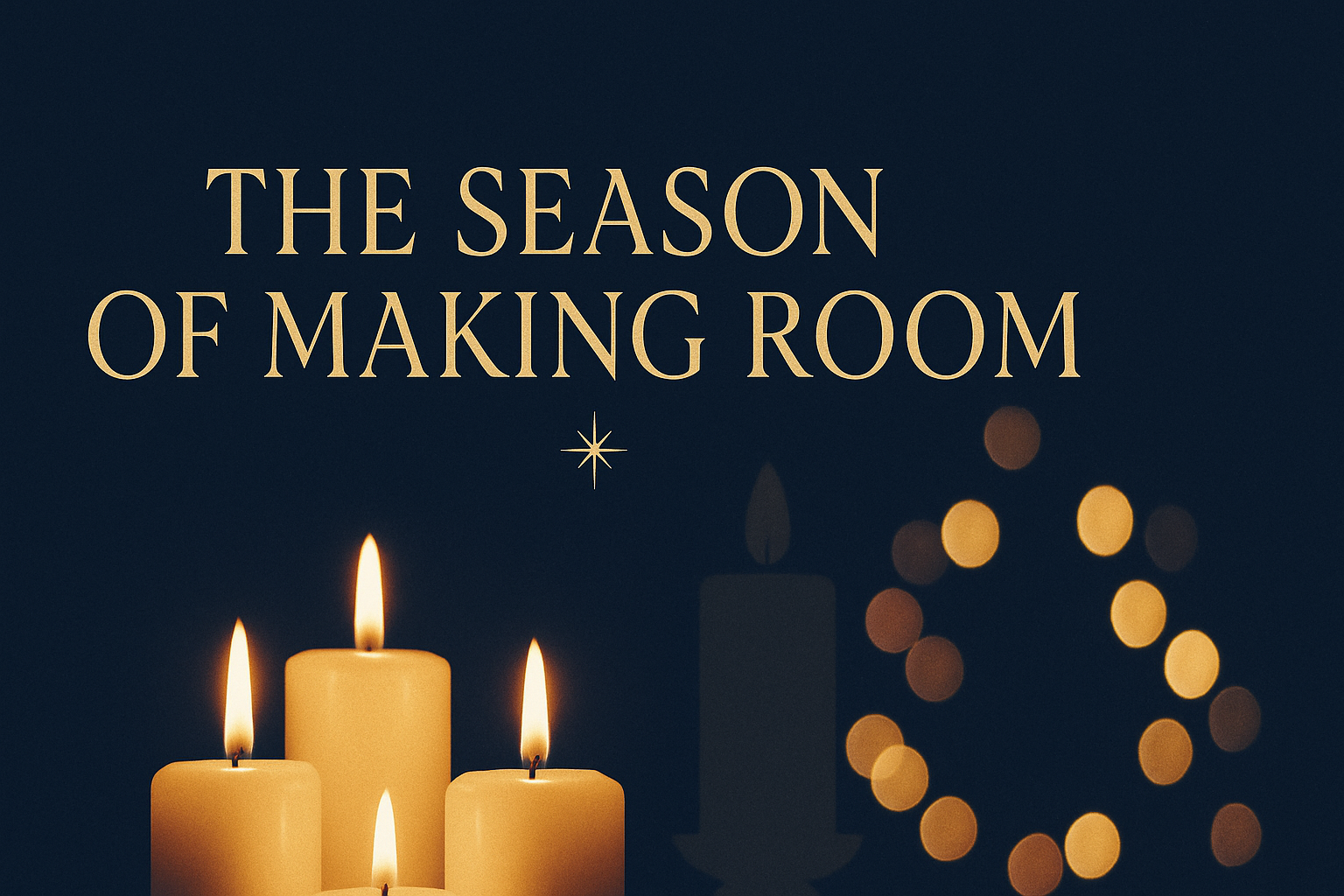Before I learned “hermeneutics” or simply, the way to study the Bible, it looked to me like a humongous collection of books translated into my language but not my lingo.
And I was correct, the Bible was written a long time ago over centuries, in Hebrew, Greek and Aramaic.
It was divinely inspired by the Holy Spirit, breathed out by God who used human authors to write it down. (The 2nd letter to Timothy, chapter 3, verse 16 and 17).
It’s the length it is because every book in it is part of the “canon”.
It was written in much different cultural contexts, ones without text lingo or 21st century anything.
And even though I did not know all of that back then, I got that I was missing a lot when I’d pick up this book and flip to a seemingly random book and read about hard-to-pronounce names and cities I had no clue where they were located.
All of this aside I really did not get the meaning of the Bible. The meaning of this one, fluid, congruent story. I didn’t see the themes or how it all connected. I just read it line by line, missing the entire point. So, I want to chat with you about that point in particular.
What’s the point of the Bible?
The main point of this incredible collection of text is that human beings, though they want to and have always tried to be God, there is only one God… and shocker.. it’s God. God, our longsuffering, patient creator, comes to us time and time again with grace, mercy and never-ending love. Jesus was His salvation plan for us. The only way we could be saved from eternal separation from light and goodness, even though those were the things we were separating ourselves from, it seems once we got to the darkness and depravity side of things, it wasn’t so great after all. But Jesus saves us from it if we confess He is Lord and believe that God raised Him from the dead. That’s the story the Bible tells, otherwise known as the “good news”.
The entire book works towards telling this story of redemption.
So practically, as we read this story we can look out for this theme and note it and dig into it.
Does every part of the Bible really point to Jesus?
Let’s take for instance Jonah. His story comes from the book of Jonah in the Old Testament. If you haven’t heard it the basic break down is that there is a guy and God tells him to go to a city of basically his worst enemies and tell them to repent or perish. Jonah says a quick no thanks and hops on a boat in the other direction. So, God send a storm that nearly takes the boat down and Jonah tells the crew that they’re gonna have to pitch him over board if the storm is gonna stop. So, they do and the storm stops and Jonah gets swallowed by a big ole fish. Jonah is in this fishies belly for 3 days until it throws him up on shore and God tells him to do the same thing He told him to do before. So, Jonah goes and announces the message God instructed him too and Jonah pouts and his enemies repent.
How does this story, usually painted as a children’s fairytale, actually compute to the gospel? Or point us to Jesus who, in the Old Testament, had not come to earth yet?
Okay, this is so freaking cool and it was John my incredible hubby who showed this to me. You ready?
The storm in this story is God’s wrath over man kind running from Him and all the evil they create when they do. Jesus is sacrificed, like Jonah into that wrath or storm. The big fish is the grave or tomb that Jesus was buried in and 3 days later, Jesus rose out of the grave and people were saved. That’s why in the gospel of Matthew found in the New Testament it says, “Then some of the scribes and Pharisees told Jesus, “Teacher, we want to see a sign from you.” But he replied to them, “An evil and adulterous generation craves a sign. Yet no sign will be given to it except the sign of the prophet Jonah, because just as Jonah was in the stomach of the sea creature for three days and three nights, so the Son of Man will be in the heart of the earth for three days and three nights. The men of Nineveh will stand up at the judgment and condemn the people living today, because they repented at the preaching of Jonah. But look—something greater than Jonah is here! (Mathew chapter 12, verses 38 through 41).
Not only do we see from this instance that God’s promise of a coming Savior is woven all throughout the entire Bible, but we also get to see that the New Testament calls upon the Old for context. That’s why it is so crazy important to read the entire thing and not just grab pieces of it from here and there and weave it into whatever message we want it to convey.
There are a lot of teachers out there who do that, Jesus told us to beware of false teachers (The gospel of Matthew, chapter 24 verse 24). They teach other messages that are not congruent with this good news such as Jesus will make you rich or He wants you to be happy all the time or follow a list of rules. However, these are not the message of the Bible, love. The gospel says Jesus plus nothing else equals everything. The gospel says Jesus completed righteousness and perfection for us (The gospel of Matthew, chapter 5 verse 17), took our place and gave us His in return and we do not have to earn our salvation (Ephesians chapter 2, verses 8 and 9).
It is so important to understand what the story of the Bible is.
Lovely reader, I encourage you to read it in this light.




